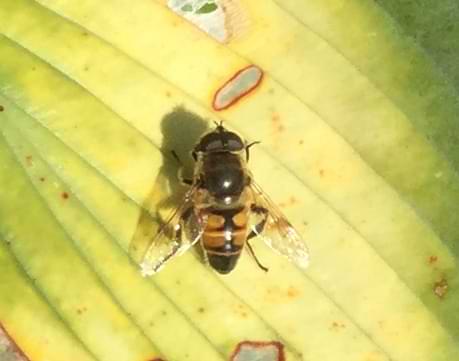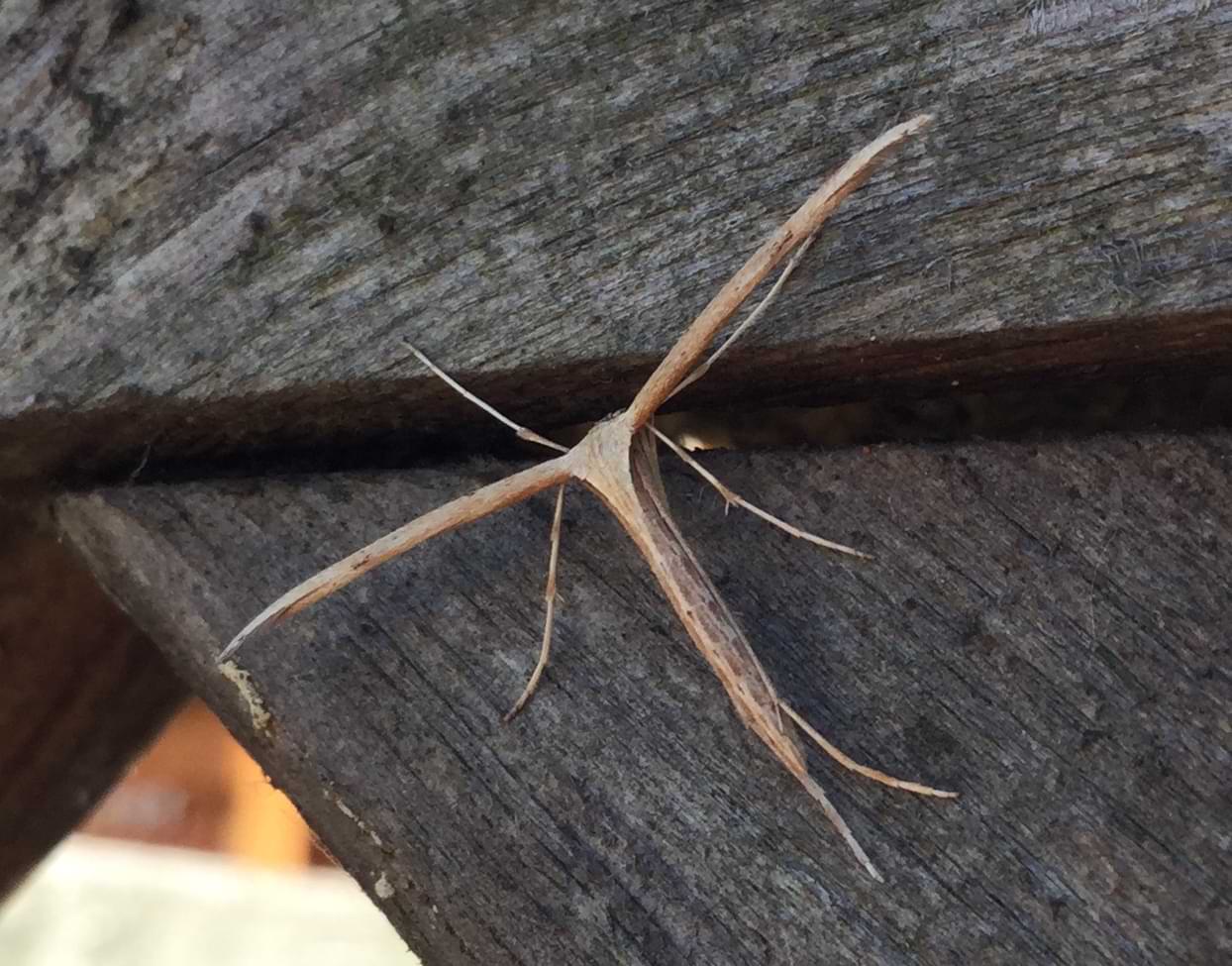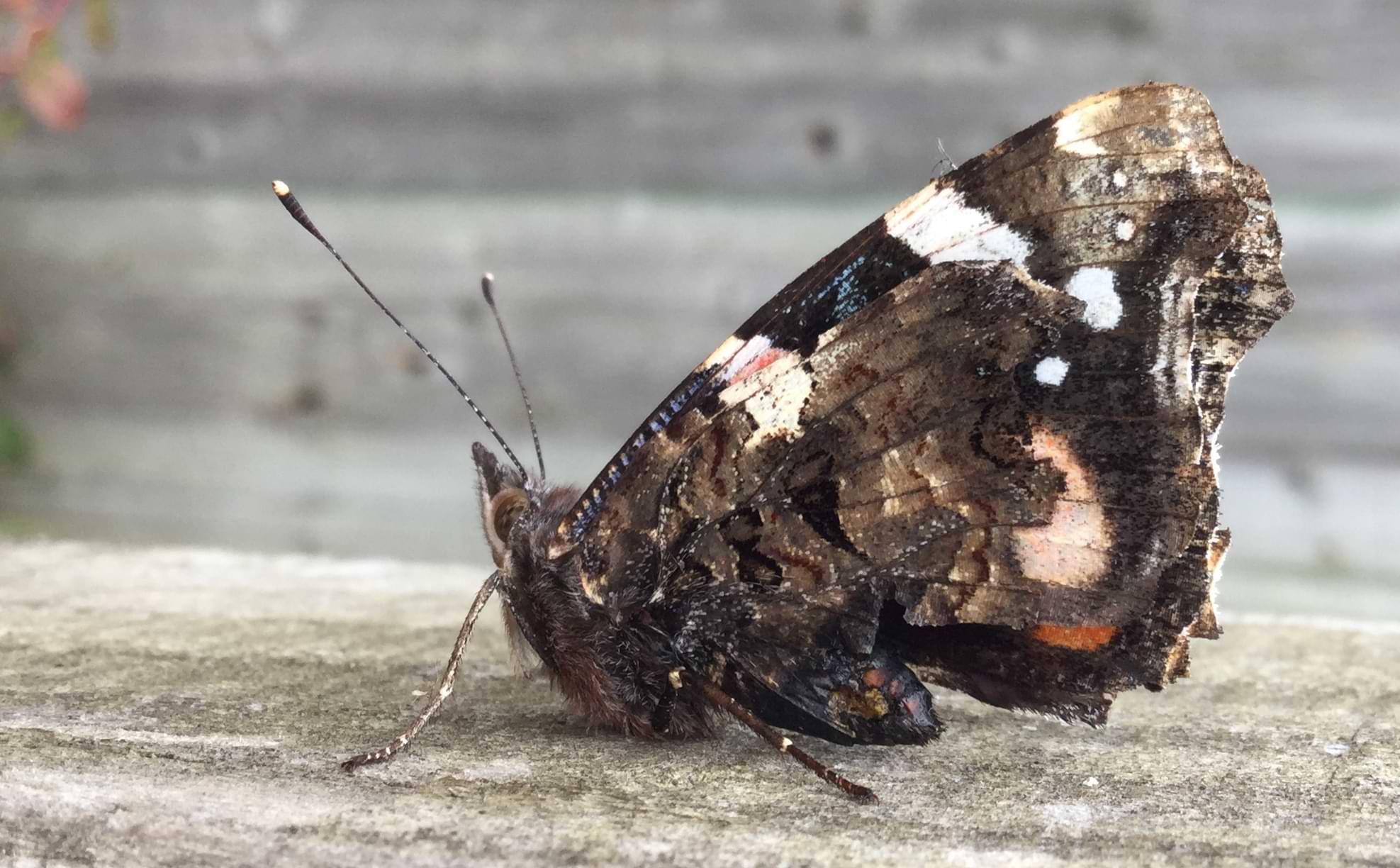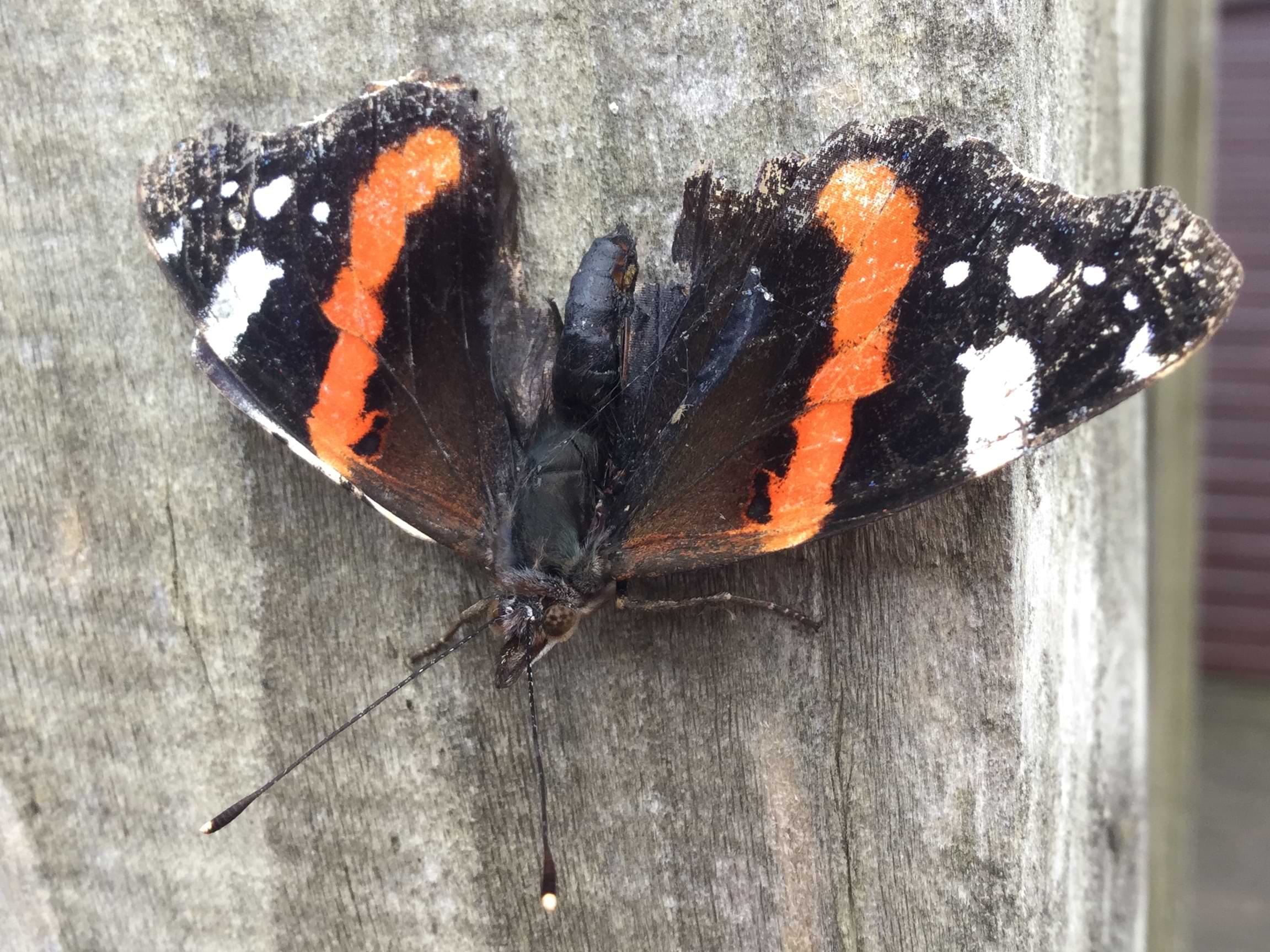October Bugs
[ CW: Bug death :( ]
I wasn't expecting to find many bugs this month, but October has been surprisingly eventful! Despite the cold rapidly setting in there's still lots of interesting creatures around, including some I've been wanting to photograph for a while.
First up, a bumblebee! I think this is the first time I've posted a photo of one? They're such a common sight around the garden that I kinda take them for granted, but I appreciate their loveable clumsiness and that you can see them even this late into the year.

This is a sawfly I think! I hadn't seen one before so it took me a while to realise it wasn't some kind of wasp. (Wasps are technically a kind of sawfly so I wasn't far off.)
It's really neat to see one in the garden! Much like mayflies, sawflies don't live very long as adults so I was fortunate to catch this one when I did.

Here we have mystery fly. Who is she??? My best guess would be one of the hover fly species that mimic bees and wasps but this bug didn't fly around in the fast and precise way you'd expect hover flies to, so I'm not sure what it is. Very pretty though, I don't think I've seen a fly's wings be this crystal clear before.

Tiny beetle! The first photo was taken on the stem of a poppy and the second was taken right on the edge of my index finger, so they were probably about 2mm long. Don't have much else to say about them, they're just very cute.

SLOOOOW WOOOORMSSS!!
I've been hoping to photograph a slow worm for quite a while now. The UK has a few snakes, including the Adder and Grass snake, but this is not one of them. Slow worms are in fact a kind of legless lizard, which becomes more obvious when you get a closer look at their face.
Based on its smaller size and bronze coloured scales this slow worm is probably a juvenile. However adults can grow to be pretty big (up to 40cm long apparently) and can live in the wild for a good few decades! If you're reading this 20 years in the future this slow worm might still be alive, which is impressive considering most of the bugs on this page wont make it past the coming winter.

This is a plume moth, probably one of the oddest shaped moth families in existence. When resting they fold up their wings in this T-pose, but when open the wings are covered in beautiful feather-like bristles.
This species is likely a common plume moth (Emmelina monodactyla) which can easily be mistaken for a piece of dried twig or grass; I was actually taking a picture of a completely different bug when I realised this moth had been sitting a few inches away from my face the whole time.

Finally a sad photo, but also a beautiful one.
I spent most of the summer trying to take photos of Red Admiral butterflies and after about three close, but ultimately failed attempts, I had pretty much given up for the year.
And then I spotted this one resting on a post. Yahoo!

Except... the only reason I got this photo is because this butterfly was dying. The left side of its abdomen appears to be badly damaged, and the wings are very torn and frayed at the ends — judging by the slow stilted movements they made, it had very little ability to fly.
Additionally if you enlarge this second photo, there appears to be a springtail crawling on the butterfly's left wing and also the remains of a spiderweb?!? Perhaps it got attacked by a spider at one point?

Red Admiral butterflies emerge as adults in late summer and normally overwinter until the next year, so I'm hoping this one had managed to live a long life, rather than getting unlucky in the first few months of its adult life.
That said, even in this damaged state these butterflies are pretty. The bright orange and white patterns running down the forewings are striking of course, but I particularly love the bits of speckled blue you can see along the top edge of its hindwings.